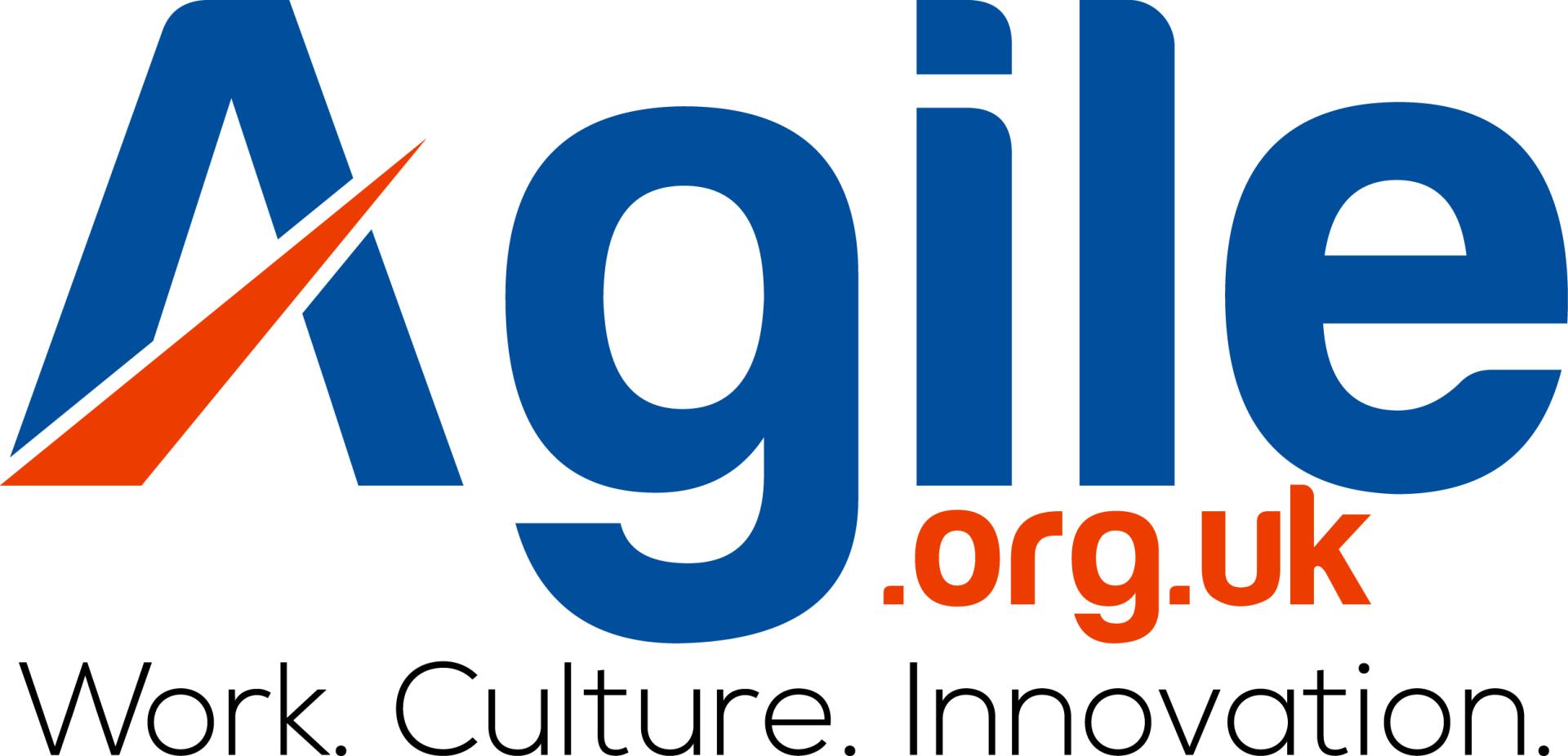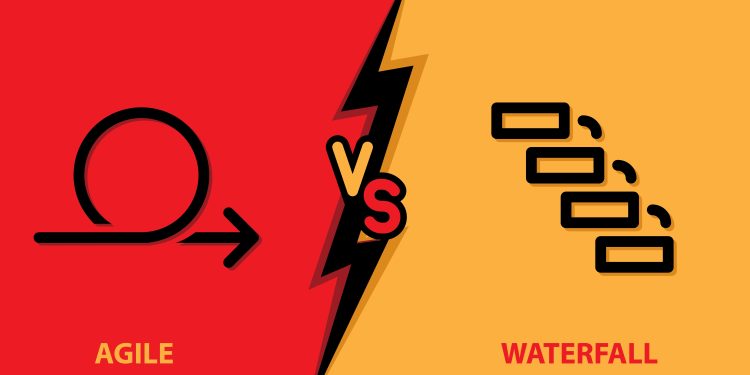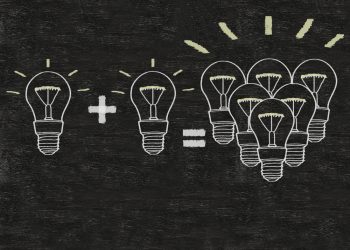When it comes to project management methodologies, it’s important to make sure that you’re implementing the one that feels best for your team. Each business and workforce will respond to different methodologies differently, so ensuring that you’re using the right system means that your team is working at maximum capacity and won’t struggle with the workload you’re giving them.
Of course, there are many different project methodologies out there, but two of the most common ones you’ll hear about frequently are agile and waterfall. In a nutshell, agile methodology leads to teams working independently and usually means that various development processes are concurrent, while waterfall methodology is linear and involves testing stages.
As you’ve probably guessed, there are advantages and disadvantages to both agile and waterfall methodologies, so without further ado, let’s take a look at some of the reasons you might want to choose each methodology for your team.
Agile teams are more self-reliant
If your organisation doesn’t like to emphasise leadership heavily, then the agile methodology is likely to be the best one for you. This is because agile teams are usually allowed to work on their own terms; direct leadership is less common in agile methodologies, leaving teams to do what they do best with less oversight. If you like the idea of your teams working in tandem and not needing a central management structure to keep them “in line”, so to speak, then agile methodologies will definitely work best for your team.
Waterfall projects are easier to manage
When it comes to waterfall methodology, it’s much easier to manage a team that’s working with this method than it is to manage an agile team. Waterfall teams are often much clearer about the end goal of a project, and so it’s easier to know what they’re working towards and what the deliverables are. Conversely, an agile team is able to iterate and work more collaboratively, but it might be harder for each component of the team to see exactly what lies at the end of the tunnel, so to speak. If you like things to be clearer and easier to understand, implement a waterfall project management style.
Agile management opens up the project
Sometimes, during the course of a project’s development, the course of the project will change. It’s the nature of the beast; you may find that your requirements are suddenly different, or the client may request something that you’re not currently doing. With an agile model, this is much easier to achieve, because you haven’t set out a strict hierarchy for the project. Instead, teams are free to switch direction quickly and efficiently, because they’re all working independently (to a certain degree, at least). If your business routinely interacts with more complex clients, agile is the way to go.
Waterfall management has more clear staging
When you’re implementing agile management, there’s a real risk that some part of your project may have stalled and your other teams may not even know it yet. Contrastingly, waterfall management requires a clear goal to be met before the next stage of the project can begin, so even if the project does stall and things go wrong, you’ll know about it and you’ll be able to quickly and efficiently correct it. With proper management, agile methodology won’t stall in this way, but it’s very difficult to walk the tightrope between management and letting teams work independently.
Agile methodology is all about the clients
Usually, agile methodologies keep clients in mind far more than waterfall methodologies do. Agile teams share their progress with clients, keeping them in the loop and requesting feedback whenever it’s necessary. This means that clients and stakeholders can play a much more active role in the way agile businesses develop their projects, which, in turn, minimises the risk that a project will move in a way that clients or stakeholders don’t like. There’s nothing more demoralising than almost finishing a project only to realise that it wasn’t right, after all.
Waterfall has client approval from the start, in theory
While clients do provide feedback during the process with agile methodologies, waterfall methodologies don’t need to leave clients behind. The difference is that when you’re working with a waterfall project, clients are consulted at the beginning for their specifications and requirements, and then the project proceeds without regular feedback on their behalf. This simply means that you know what the client wants when you embark on the project, and can work carefully to ensure that the project always stays within those specifications.
Waterfall project management is more concrete
Agile management can sometimes feel a little “wishy-washy”. When teams are essentially working of their own volition, it can sometimes feel like you’re not really involved in the process or like the project doesn’t have a clear, concrete vision behind it. Waterfall management fixes that; you provide a clear outline of what the project should be and how that vision should be achieved, and then teams work towards making that project a reality. While there’s less flexibility, that also means everyone is much clearer about what they should be doing and when in a waterfall project.
Agile methodologies implement shorter-term deadlines
When agile teams know that they’re working towards shorter-term deadlines, it gives them the scope to be more productive with their work. This is because they can see smaller, more bite-sized goals, rather than a single project goal that every team must eventually arrive at. Of course, it is possible to implement shorter-term goals in waterfall management, but they’re all in service of a single, immovable long-term aim. Agile methodologies, by contrast, work more with smaller deadlines, which helps teams to stay focused.













